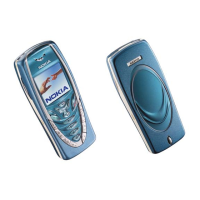7210 SAS-D CHASSIS INSTALLATION GUIDE Installation Site Assessment
Issue: 08 3HE 10087 AAAA TQZZA Edition 01 85
9.2.2 Cabinet
There are 3 major classifications of cabinets.
• Direct Air Cooled (DAC) cabinets bring air into the cabinet to cool the
equipment. DAC cabinets may or may not be filtered. Unfiltered air intake and
exhaust is not recommended since issues will occur if unfiltered air is allowed
into the cabinet. The ideal filter is a hydrophobic filter (GORE) since it filters
particles smaller than 1 micron. Hydrophobic filters will prevent passage of
water droplets but still allow water vapor to pass. Some chemical pollutants
may require carbon or other types of filters particularly suited to the type of
pollution.
• Heat Exchange (HEX) cabinets use a sealed cabinet and a heat exchanger
to withdraw heat from the cabinet interior without bringing outside air into the
cabinet. This results in no contamination influx and low humidity within the
cabinet.
• Air Conditioned (AC) cabinets use a mechanical or Thermal Electric Cooling
(TEC) refrigeration unit to handle higher levels of heat in high-power
installations. AC implementation is similar to HEX since the cabinet should be
sealed. Proper AC implementation should never allow unfiltered air into the
cabinet interior.
9.3 Site Influences
Is backup power generation located in the same area as the communications
equipment? Are batteries located in the same area as the equipment?
Backup generators that are located in the same enclosed area as the
communications equipment may cause a great deal of site pollution, such as nitrous
oxides and hydrogen sulphides, which can be detrimental to the long-term reliability
and performance of equipment. A best practice is to house motor generator sets in
a separate enclosure from the communications equipment. Batteries will out-gas
during charge and discharge cycles. These gases are very corrosive and may also
be explosive in sufficient concentration. Batteries should always be housed in a
properly vented enclosure or compartment, separate from the communications
equipment.
Is the equipment located above the water grade? Is there adequate water drainage
and leak controls?

